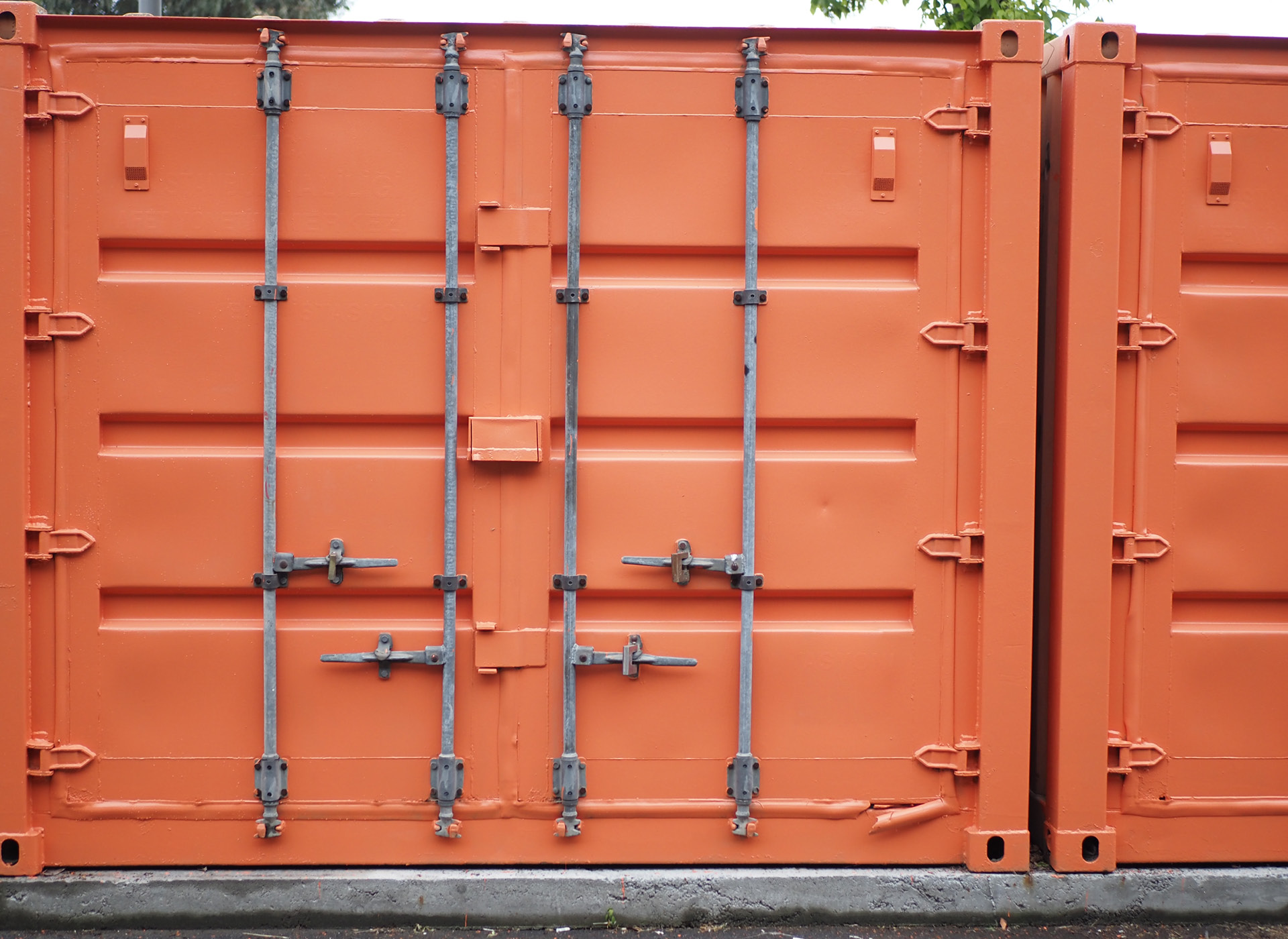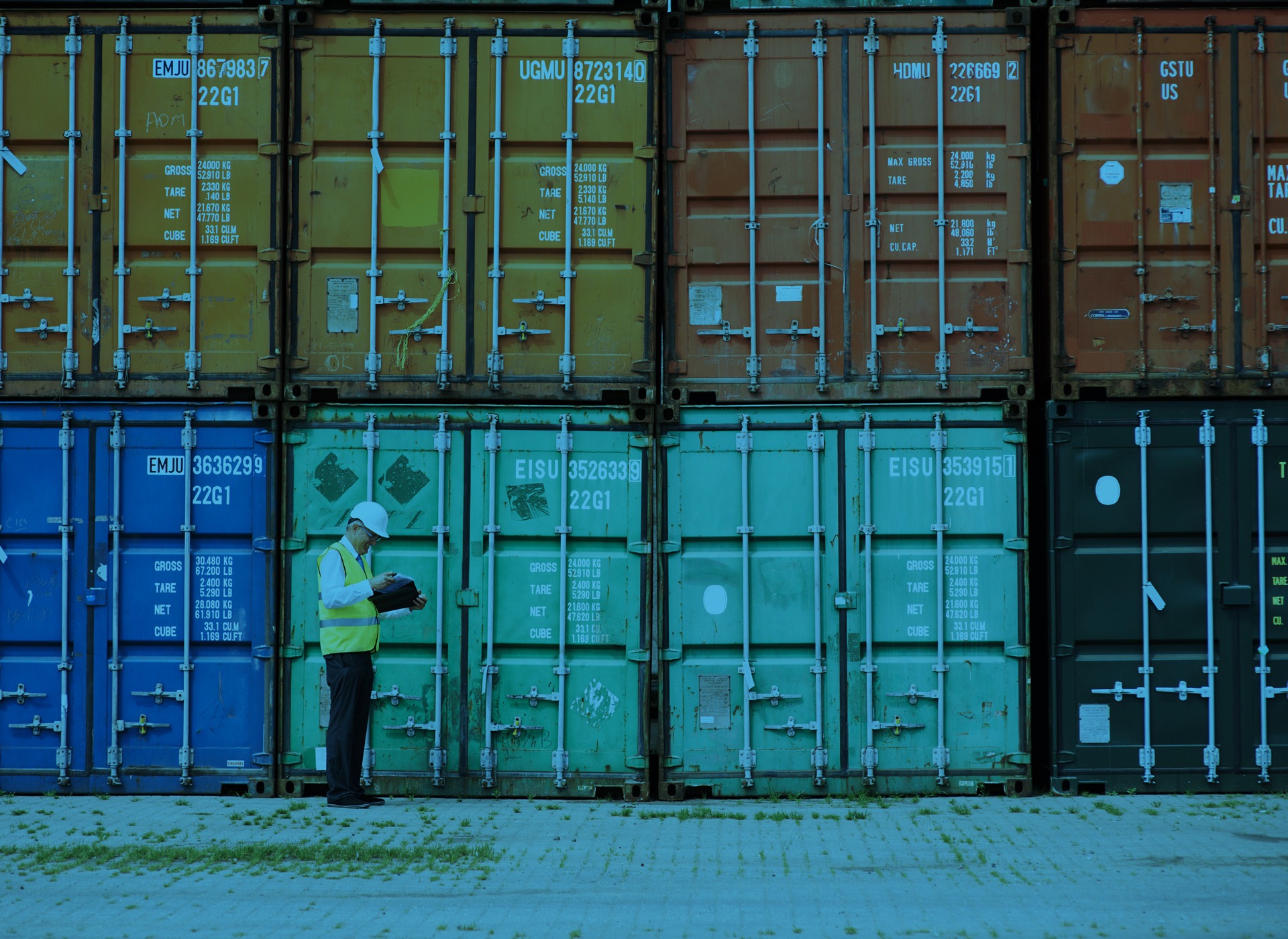The Import Control System 2 (ICS2) is a key initiative of the European Union designed to strengthen the security and protection of its borders. Its main objective is to collect and analyse detailed information on all goods entering European territory before their physical arrival, allowing customs authorities to carry out more accurate risk assessments and ensure compliance with applicable regulations.
What is ICS2?
ICS2 is a computerised system that collects data on all goods entering the EU before they reach the borders. Any operator engaged in the handling, dispatch or transport of goods (including express and postal consignments) to or in transit through the EU, Northern Ireland, Norway or Switzerland by sea and inland waterways must be aware of the new ICS2 requirements and take the necessary measures to comply with them. These requirements also apply to e-commerce businesses.
ICS2 requires economic operators to submit an Entry Summary Declaration (ENS), which contains detailed information on the goods transported. This information must be provided 24 hours before the container is loaded at the port of origin, thus allowing authorities to carry out early risk assessments to identify potential security threats or breaches of customs regulations.
ICS2 replaces ICS1, expanding both requirements and processes to meet the demands of increasingly complex global trade. The regulations affect all modes of transport: air, sea, land and river.
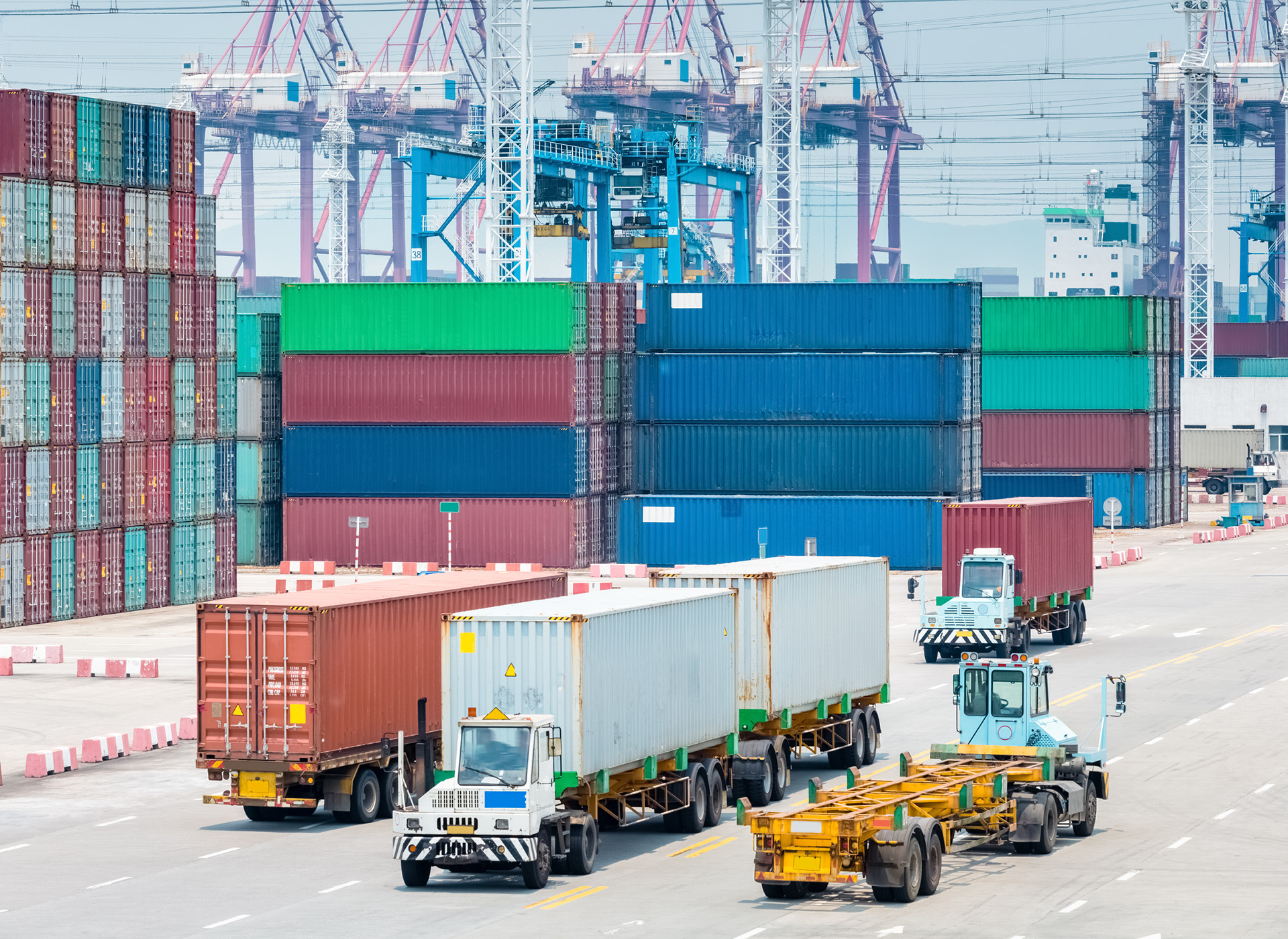
Phased implementation
ICS2 has been implemented in three phases, each targeting a specific group of economic operators and modes of transport:
Phase 1 (15 March 2021): Applied to postal services and express transport companies that handle shipments by air.
Phase 2 (1 March 2023): Extended to all cargo transported by air, including general cargo and postal and express shipments.
Phase 3: 3 June 2024: ICS2 implementation began for maritime and river transport.
4 December 2024: Mandatory implementation was activated for operators who handle house-level bills of lading in maritime and river transport.
1 April 2025: The deployment window for maritime and river transport ends, and implementation for land and rail transport begins.
At Transped, we are committed to ensuring an efficient transition, complying with regulations and strengthening the safety and efficiency of our logistics operations.
What are house-level bills of lading?
A bill of lading is a document that certifies the contract of carriage between the shipper and the carrier. This document can be presented at two levels:
Master-level bill of lading (MBL): Issued by the main shipping line/carrier to its immediate contracting party, it contains general information about the shipment.
House-level bill of lading (HBL): Issued by freight forwarders or logistics intermediaries, it breaks down the information in the MBL and provides specific details of individual shipments, such as the names of consignees, products transported, and delivery terms.
Multiple submissions may be appropriate when a carrier does not have all the data required to submit a single ENS. In this case, the carrier needs to reach a contractual agreement with the other actors in the supply chain for each party to submit its respective part of the ENS.
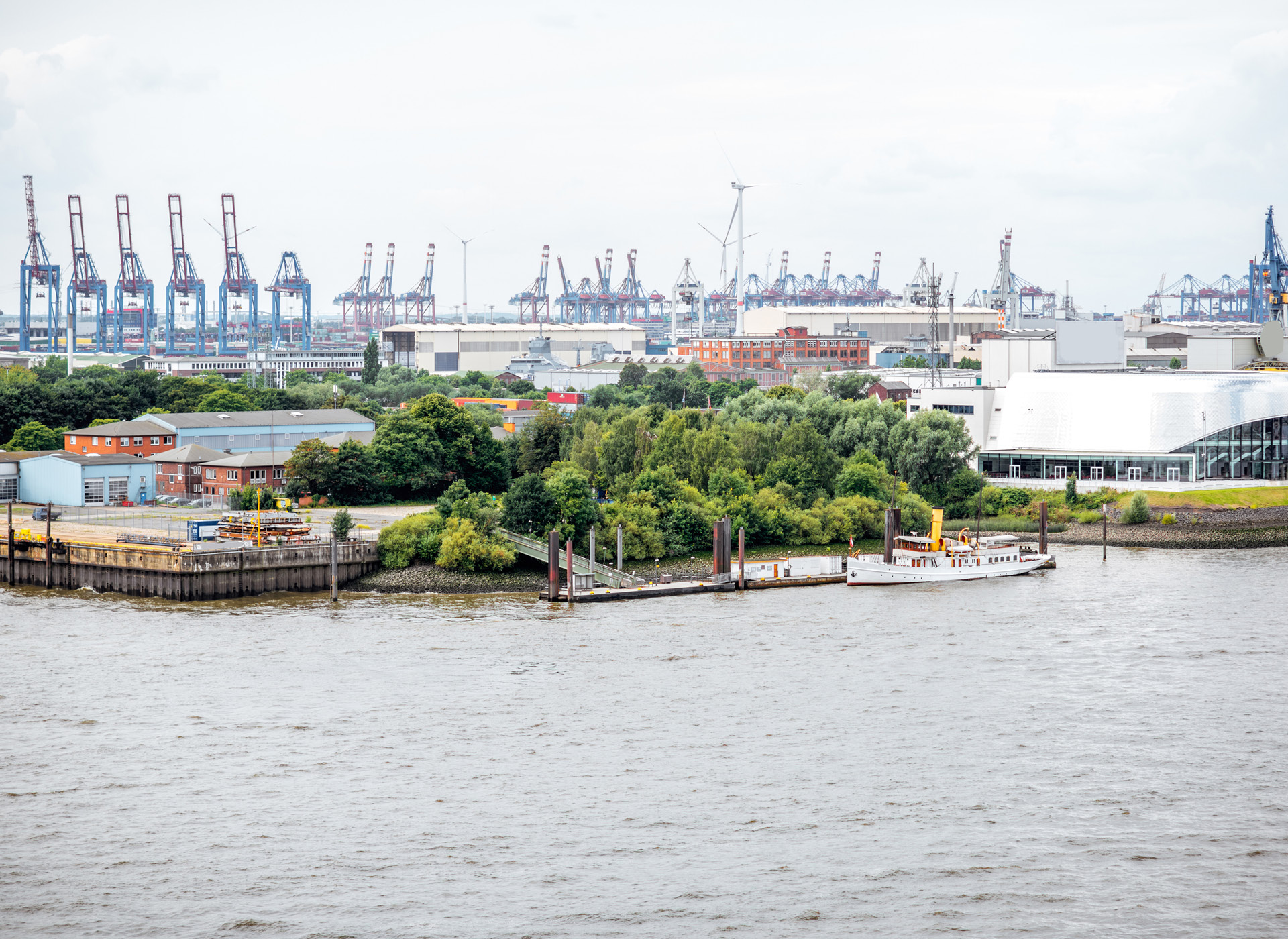
Transped issuing a house bill of lading must provide the information to the carrier (or the so-called “lead freight forwarder” if we act as part of a shared load). This involves either sharing the necessary data with the carrier or lead freight forwarder, or filing a partial ENS ourselves in ICS2, including certain commercial data stipulated in the most basic level house bill of lading.
What data is required to transmit the Entry Summary Declaration (ENS)?
The ENS must contain master-level shipment information, house-level shipment information, and freight shipment information including:
– MBL or booking number.
– Full shipper details, full address including PO BOX, phone number, and contact person.
– Full Consignee details with EORI (we have the EORI)
– HS code of the goods (6 digits) that matches the ENS of origin.
– Full description of the goods without generalizations.
– IMO data: UN, CLASS and PG (if applicable)
The regulation states:
“Depending on the agreement reached by the partners for multiple submission, if a carrier has submitted master level shipment information from a master level transport document and has indicated the EORI number of the relevant house level declarant, the responsibility for declaring the house level information is transferred to the house level declarant. The freight forwarder (as house level declarant) becomes responsible for submitting its partial ENS with the available house level data, taking into account the time limits set out in the legislation.”
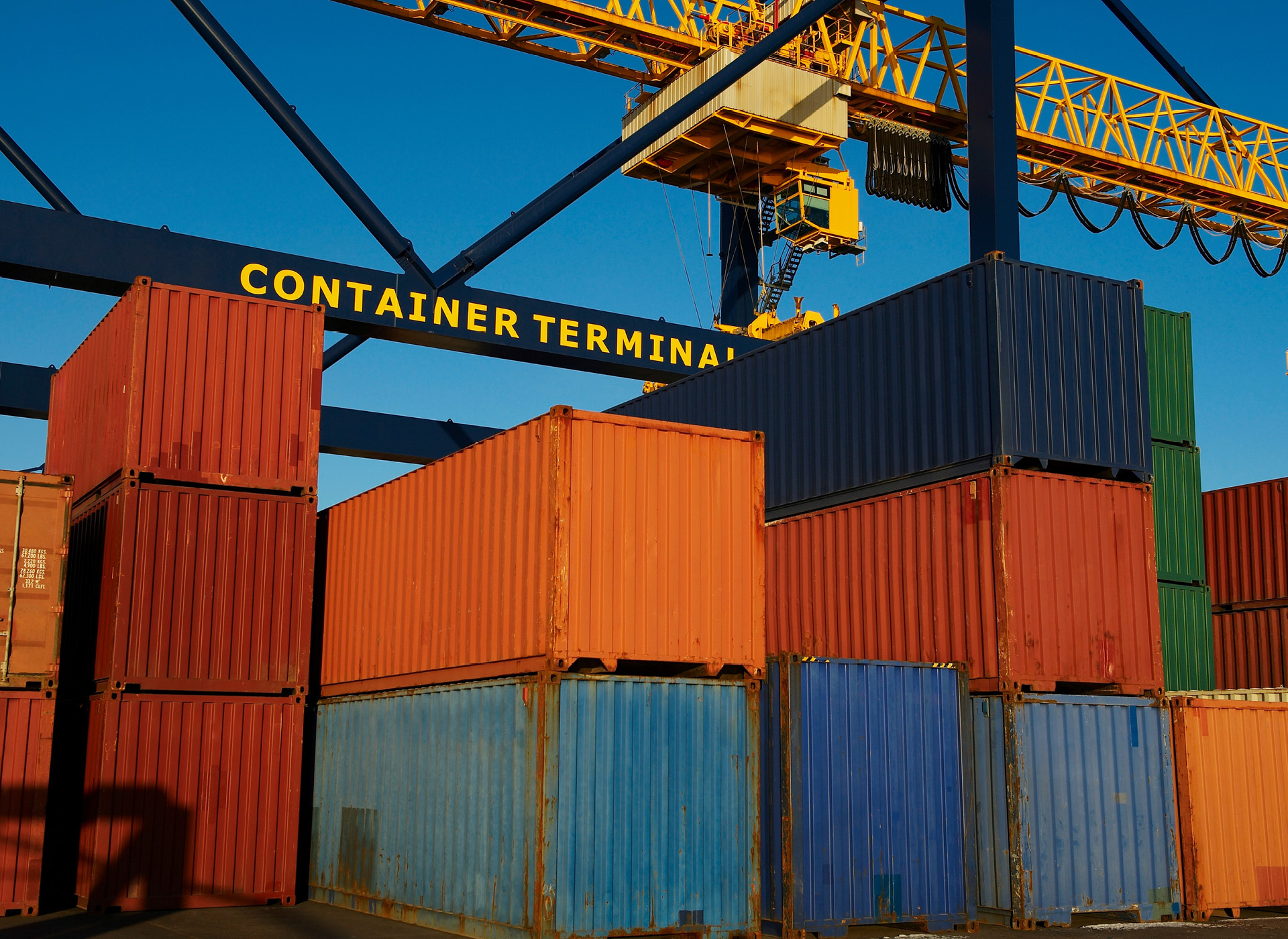
Recommendations for economic operators
To ensure a smooth transition and avoid disruptions in the supply chain, economic operators must:
Prepare their systems and processes:
Implement technologies that allow the required information to be collected and sent efficiently.
Train staff: Ensure that the teams responsible for shipment management understand the ICS2 requirements and how to comply with them.
Collaborate with freight forwarders and carriers: Ensure that all actors involved in the supply chain are aligned with the new requirements.
Request access to the deployment window allowed by customs as long as it has been requested before December 4, 2024.
For those interested in learning more details about the ICS2 regulations, they can consult the official documentation published on the European Commission portal. In addition, at Transped we are available to answer any questions or queries you may have about how to adapt to these new requirements.
